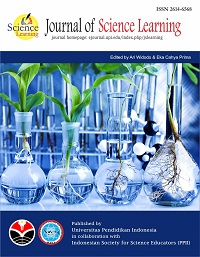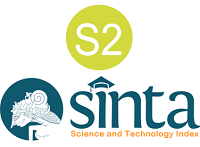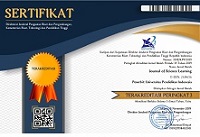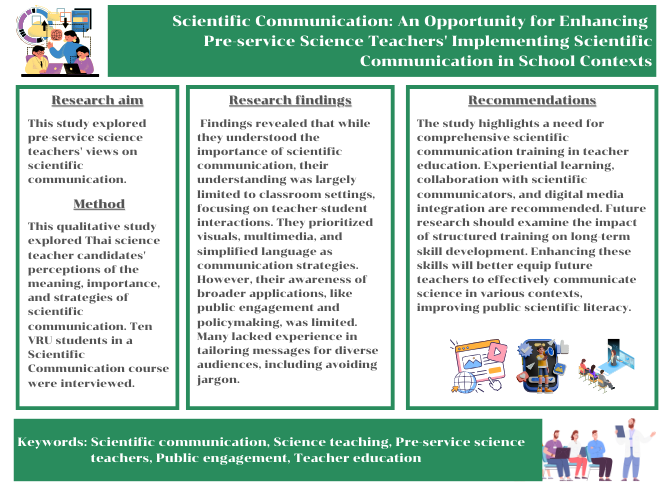
Scientific Communication: An Opportunity for Enhancing Pre-service Science Teachers' Implementing Scientific Communication in School Contexts
Abstract
Keywords
Full Text:
Download PDFReferences
Ardyansyah, A., & Rahayu, S. (2024). Technology-enhanced learning influence on chemical literacy: A systematic review. Ecletica Quimica, *49*. https://doi.org/10.26850/1678-4618.eq.v49.2024.e1534
Ardyansyah, A., Rahayu, S., Munzil, M., Yahmin, Y., & Alsulami, N. M. (2025). Developing an instrument to assess chemical literacy for prospective chemistry teachers. Jurnal Pendidikan Sains Indonesia, *13*(1), 36–52. https://doi.org/10.24815/jpsi.v13i1.42095
Arochman, T., & Fortinasari, P. B. (2024). Implementation of technology-based learning by pre-service teachers during teaching practice program. Premise: Journal of English Education, *13*(1), 126. https://doi.org/10.24127/pj.v13i1.8988
Baram-Tsabari, A., & Lewenstein, B. V. (2017). Science communication training: What are we trying to teach? International Journal of Science Education, Part B, *7*(3), 285–300. https://doi.org/10.1080/21548455.2017.1303756
Bautista, C., Alfuraiji, N., Drangowska-Way, A., Gangwani, K., de Flamingh, A., & Bourne, P. E. (2022). Ten simple rules for improving communication among scientists. PLOS Computational Biology, *18*(6), e1010130. https://doi.org/10.1371/journal.pcbi.1010130
Burns, T. W., O’Connor, D. J., & Stocklmayer, S. M. (2003). Science communication: A contemporary definition. Public Understanding of Science, *12*(2), 183–202. https://doi.org/10.1177/09636625030122004
Chinasa, P., Sohsomboon, P., & Yuenyong, C. (2021). Seeing and understanding new opportunities for developing educational research through research multi-paradigms. Journal of Education Rajabhat Maha Sarakham University, *18*(2). https://so06.tci-thaijo.org/index.php/edu-rmu/article/view/252434/170409
Chummongkol, P., Sohsomboon, P., & Yuenyong, C. (2023). Building up trustworthiness in qualitative research to improve the quality of education. Journal of Teacher Professional Learning Community (JTPLC), *3*(2), 107–120. https://so05.tci-thaijo.org/index.php/JTPLC/article/view/263096/179163
Cohen, L., Manion, L., & Morrison, K. (2000). Research methods in education. Routledge Falmer.
Committee on the Science of Science Communication. (2017). Communicating science effectively. National Academies Press. https://doi.org/10.17226/23674
Cormick, C. (2022). We need to do better: Five notable failings in science communication. Sustainability, *14*(14). https://doi.org/10.3390/su14148393
Dudo, A., Besley, J. C., & Yuan, S. (2021). Science communication training in North America: Preparing whom to do what with what effect? Science Communication, *43*(1), 33–63. https://doi.org/10.1177/1075547020960138
Edge, D. (1979). Quantitative measures of communication in science: A critical review. History of Science, *17*(2), 102–134. https://doi.org/10.1177/007327537901700202
Elmi, H., Huda, Y., & Novaliendry, D. (2024). The role of information and communication technology in interactive learning. Jurnal Ilmiah Sekolah, *23*(1), 193–203. https://ojs.trigunadharma.ac.id/index.php/jis/index
Faculty of Education. (2019). Bachelor of Education Program Department of Chemistry and General Science.
Fischhoff, B. (2013). The sciences of science communication. Proceedings of the National Academy of Sciences, *110*(Suppl. 3), 14033–14039. https://doi.org/10.1073/pnas.1213273110
Gass, S. (2014). Transforming scientific communication for the 21st century. Engineering Libraries: Building Collections and Delivering Services, *1109*, 3–18.
Goh, B., Pomsagun, A., Le Tissier, M., Dennison, W. C., Kremer, H. H., & Weichselgartner, J. (2008). Science communication in theory and practice.
Guidotti, T. L. (2016). Communication in science. Journal of the Washington Academy of Sciences, *102*(3), 23–36.
Hurd, J. M. (2004). Scientific communication. Science & Technology Libraries, *25*(1–2), 5–22. https://doi.org/10.1300/J122v25n01_02
Intemann, K. (2023). Science communication and public trust in science. Interdisciplinary Science Reviews, *48*(2), 350–365. https://doi.org/10.1080/03080188.2022.2152244
Iyengar, S., & Massey, D. S. (2019). Scientific communication in a post-truth society. Proceedings of the National Academy of Sciences, *116*(16), 7656–7661. https://doi.org/10.1073/pnas.1805868115
Jucan, M. S., & Jucan, C. N. (2014). The power of science communication. Procedia - Social and Behavioral Sciences, *149*, 461–466. https://doi.org/10.1016/j.sbspro.2014.08.288
Khaokhajorn, W., & Srisawasdi, N. (2024). Assessing pre-service science teachers’ understanding of the nature of scientific inquiry to develop a sustainable technology-infused pedagogical program in teacher education. Cogent Education, *11*(1). https://doi.org/10.1080/2331186X.2024.2439160
Leach, J. (2013). The handbook of communication history. In P. Simonson, J. Peck, R. T. Craig, & J. Jackson (Eds.), The handbook of communication history. Routledge. https://doi.org/10.4324/9780203149119
Lincoln, Y. S., & Guba, E. G. (1985). Naturalistic inquiry. SAGE Publications. https://doi.org/10.1016/0147-1767(85)90062-8
Loo, D. B. (2017). Trust the researcher? Autoethnography as a tool to study English teaching professionals. The English in Southeast Asia (ESEA), 45–58.
McCallie, E., Bell, L., Lohwater, T., Falk, J. H., Lehr, J. L., Lewenstein, B. V., Needham, C., & Wiehe, B. (2009). Many experts, many audiences: Public engagement with science and informal science education. Center for Advancement of Informal Science Education. https://digitalcommons.calpoly.edu/eth_fac/12/
O’Neill, D. K., & Holmes, P. E. (2022). The power of board games for multidomain learning in young children.
Rowe, G., & Frewer, L. J. (2005). A typology of public engagement mechanisms. Science, Technology, & Human Values, *30*(2), 251–290. https://doi.org/10.1177/0162243904271724
Rutt, A. A., & Mumba, F. (2022). Pre-service teachers’ enactment of language and literacy integrated science instruction in linguistically diverse science classrooms. Journal of Research in Science Teaching, *59*(4), 619–655. https://doi.org/10.1002/tea.21739
Scheufele, D. A. (2013). Communicating science in social settings. Proceedings of the National Academy of Sciences, *110*(Suppl. 3), 14040–14047. https://doi.org/10.1073/pnas.1213275110
Shivni, R., Cline, C., Newport, M., Yuan, S., & Bergan-Roller, H. E. (2021). Establishing a baseline of science communication skills in an undergraduate environmental science course. International Journal of STEM Education, *8*(1), 47. https://doi.org/10.1186/s40594-021-00304-0
Suttiwan, W., Yuenyong, C., & Maneelam, P. (2022). Autoethnographic research grounded knowledge in school context. Journal of Teacher Professional Learning Community (JTPLC), *2*(2), 33–60. https://so05.tci-thaijo.org/index.php/JTPLC/article/view/262247
Taylor, P. C., & Medina, M. N. D. (2013). Educational research paradigms: From positivism to multi-paradigmatic. Journal for Meaning Centered Education, *1*. https://doi.org/10.13140/2.1.3542.0805
Treise, D., & Weigold, M. F. (2002). Advancing science communication. Science Communication, *23*(3), 310–322. https://doi.org/10.1177/107554700202300306
Tyurina, A. (2021). Enhancing science communication through AR driven visual storytelling: Suggested approach and study. 10th International Conference on Digital and Interactive Arts, 1–2. https://doi.org/10.1145/3483529.3483727
DOI: https://doi.org/10.17509/jsl.v8i2.81134
Refbacks
Copyright (c) 2025 Witsanu Suttiwan, Thapana Choicharoen, Eliyawati Eliyawati, Ananta Ardyansyah

This work is licensed under a Creative Commons Attribution-ShareAlike 4.0 International License.
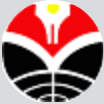

Jl. Dr. Setiabudhi 229 Bandung 40154, West Java, Indonesia





